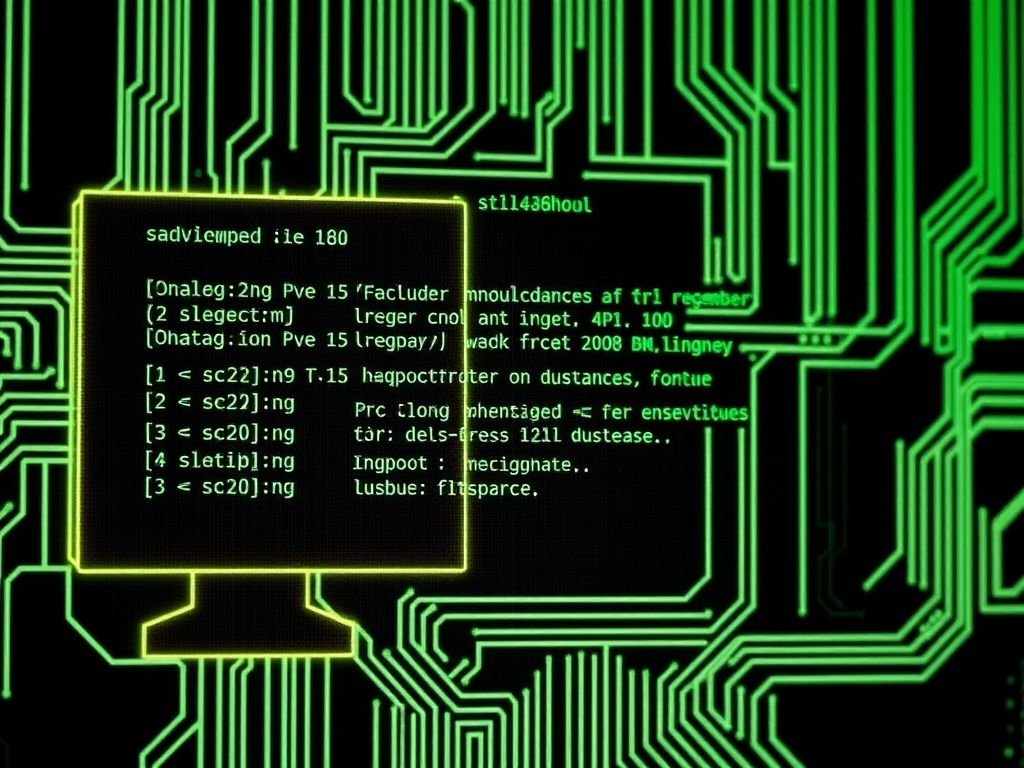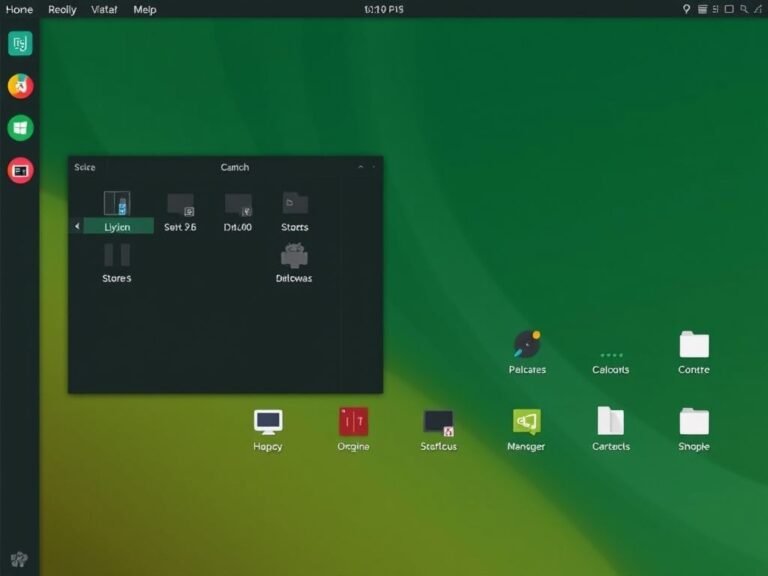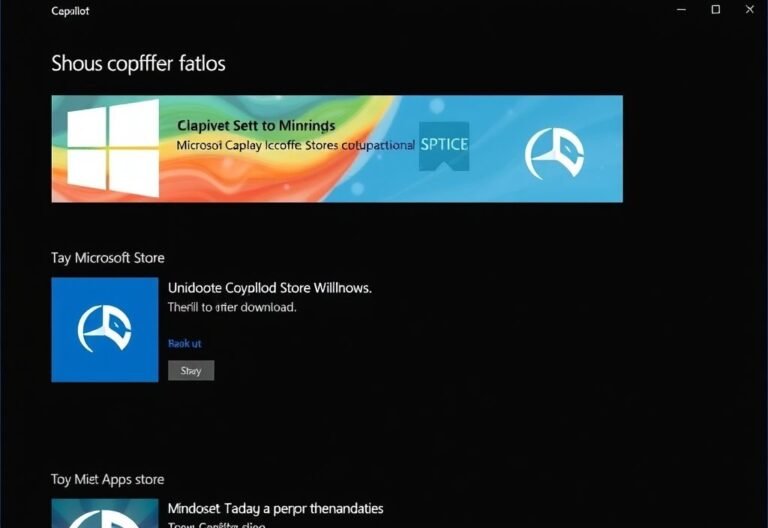How a Simple BIOS Change Could Unlock Expensive Software

How a Simple BIOS Change Could Unlock Expensive Software
You may have noticed that when you buy a new PC, it often comes with some software pre-installed. In many cases, opening that software reveals that it’s already activated as a full version — no payment required. This usually happens because the manufacturer has an official licensing agreement with the software provider, offering users added value with their purchase.
However, not all manufacturers followed this process legitimately. In the early days of software licensing, some companies found clever — and sometimes questionable — ways to activate premium versions without paying for proper licenses.
The Windows 95 Era: A Time of Discovery
Back in the days of Windows 95 , when Plug and Play was still under development, Microsoft’s engineering team was searching for reliable ways to identify PCs built before the new standard was introduced. One method they tested involved scanning the BIOS for copyright strings and firmware dates.
During their investigations, they stumbled upon something unusual: a copyright string that read “Not Copyright Fabrikam Computer” on a PC actually made by another company called Contoso . These names are fictional, used by Microsoft to describe hypothetical scenarios while protecting real OEM identities.
Why Was That Strange String There?
As explained by Microsoft engineer Raymond Chen in one of his blog posts, this wasn’t a random mistake — it was intentional. The goal was to trick trial software into unlocking its full version without having a valid license.
Here’s how it worked:
The trial version of a certain program would look for the exact phrase “Copyright Fabrikam Computer” . By inserting that exact string into a longer, misleading BIOS entry like:
“Copyright Contoso Not Copyright Fabrikam Computer”
the software would mistakenly recognize the match and activate the full version — even though the manufacturer wasn’t officially licensed.
How Did This Loophole Get Fixed?
Eventually, software developers improved their detection methods. They began using more secure techniques to verify hardware authenticity and prevent unauthorized activation. As a result, these types of exploits became obsolete.
Still, it’s interesting to look back at how far some companies went to offer features they weren’t officially allowed to provide.
While today’s systems are much more secure, stories like this remind us of the creative (and sometimes sneaky) tactics used during the early days of computing. It also shows how important it is for software vendors to continuously improve their licensing and anti-piracy measures.
After all, as the saying goes — “The past stays in the past.”





